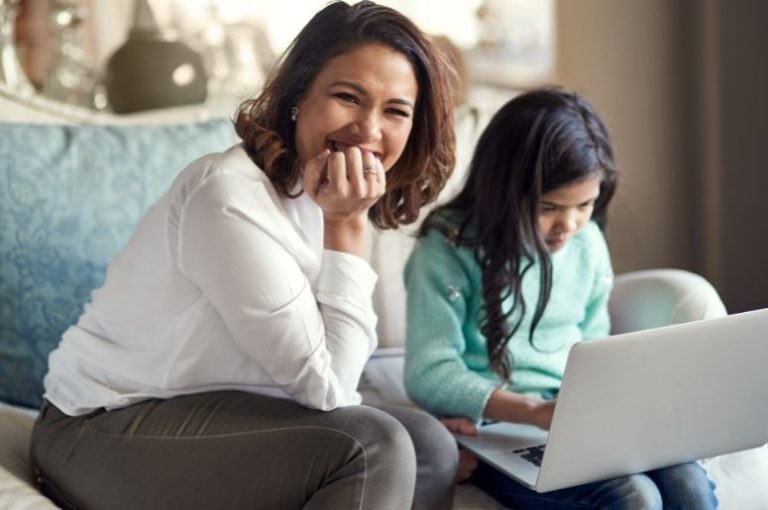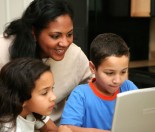If there’s one thing we’ve learned last year, it’s that digital devices are key to ensuring learning continues in spite of lockdowns and disruptions.
However, they also pose challenges. NortonLifeLock’s poll showed a majority of parents said their kids’ screen time has skyrocketed during the COVID-19 pandemic and a new NortonLifeLock study also shows that Kiwis have been averaging five hours of screen time a day on top of using devices for work and school since the pandemic started last year.
Many Kiwi parents like you may be worried about not being able to supervise and help with schoolwork due to their own work commitments. Leaving children to their own devices (literally) is far from ideal, and being online may open a Pandora’s box of uncontrolled exposure to the internet jungle.
Online distractions
When your kids surf the internet there is a risk: they can be exposed to X-rated or violent content, misinformation, or even online scammers and predators. Then there’s the more run-of-the-mill issue of schoolchildren getting distracted by social media content, alerts and popups, and simply not getting their homework done. All this, while the internet should be a door to a world of wonder, education and delight.
Online learning will undeniably take on a growing role in the future of education. As parents, we can better support kids’ digital learning and digital lives by understanding better ways of managing their kids’ screen time.
Key indicators of excessive screen time
Here are some key behaviours that indicate your child is spending too much time online, or even starting to develop a screen addiction:
- They become agitated or anxious when they cannot get online
- They are aggressive or agitated when they come offline
- Their sleep is being adversely impacted by their online use
- Their schoolwork is suffering
- They cannot stop using their device, even when it’s inappropriate such as when talking to people, or at the dinner table
- They start to neglect things they have previously loved, such as reading, craft, or sport
At the extreme end, changes in their behaviour and happiness are potential signs that a distressing experience online, such as bullying, has occurred.
Better ways to manage schoolchildren’s screen time
Try to understand exactly how much time your kids spend on screens – you might be shocked! Most smartphones have a weekly screen time report.
While less of an problem on school-issued devices, to help children avoid the need to constantly pick up the smartphone, tablet, or Chromebook, turn off push notifications, especially those from social apps such as TikTok, Instagram, and Messenger. Teach children to not feel obliged to respond straight away to every message or alert.
Model healthy screen use by reviewing your own media habits, and plan time for alternative play and activities. Implement daily “screen-free” times and set rules around when children are not allowed to use devices — for example, at the dinner table, during family time, when visitors come, while getting ready for school, and when going to bed.
Stop screen time addiction issues before they happen
Parents can model plans for digital literacy and screen use at home by creating a media plan with individualised time and content limits, and learning about parental controls and privacy settings.
Other good practices include co-viewing and talking about content with your children, discouraging the use of multiple devices at once, managing your children’s log-in information and passwords, and discussing appropriate online behaviours.
Technology can help manage the screen addiction issue
The good news is apps and other software can help make life easier for parents, and support kids’ distance learning. You just need to find the right program for you. A pause button for the internet has its advantages, but that method might not work when students need access for virtual learning.
On the other hand, School Time is a feature of the Norton 360 parental control that lets you greenlight the sites your kids need to attend classes and do schoolwork without allowing access to the rest of the web. It also lets you set up specific timeframes when your child can access certain categories of sites and create a blocked list of sites to prevent access to your child’s biggest distractions.
You play a strong role in guiding the media use of your children, and helping them develop healthy behaviours now and in the future. Digital devices are wonderful resources for learning: kids just need some direction on how to take full advantage of the learning possibilities and avoid the addictive pitfalls.
For more expert advice about keeping your kids safe online, check out our Internet Safety section.





